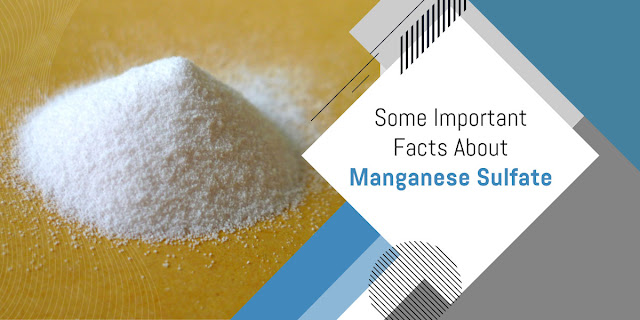Everything you need to know about Calcium Chloride
Calcium chloride is a common calcium salt with a wide range of uses in both the home and the workplace.
Calcium chloride has the chemical formula CaCl2 and has a molar mass of 110.983 grams per mol. The calcium cation (Ca2+) and two chloride anions make up this ionic molecule (Cl-). As demonstrated below, the bivalent calcium metal forms an ionic bond with two chlorine atoms.
Occurrence:
The rare minerals sinjarite (dihydrate) and
antarcticite contain calcium chloride in their hydrated forms (hexahydrate).
Natural brine from salt lakes and salt deposits also contains huge levels of
it.
It can also be obtained as a major by-product of the Solvay process when the limestone is combined with NaCl solution to make soda ash (Na2CO3).
Physical properties:
Calcium chloride is an odourless white powder that
comes as granules or flakes. It has a density of 2.15 g/mL, a melting point of
782 degrees Fahrenheit, and a high boiling point of almost 1600 degrees
Fahrenheit.
Chemical properties:
CaCl2 is very soluble in water, hygroscopic (it
collects moisture from the air), and deliquescent (absorbs enough water to turn
into liquid). Calcium chloride is an exothermic substance that dissolves in
water (releasing a large amount of heat). In water, calcium chloride completely
dissociates into calcium cations and chloride anions. Calcium ions can displace
other ions in exchange processes in aqueous solutions, such as the conversion
of potassium phosphate to calcium phosphate:
Uses:
- Food additive,
- Food preservative,
- De-icing the roads,
- As brine in refrigeration
plants
- Cleanse the pool,
- Water treatment facilities,
- Dehumidification.
Safety Hazards:
Calcium chloride is utilised in meals and is not
hazardous in typical doses. When it dissolves in water, however, its greatest
hazard is owing to its desiccating (drying) property and exothermic reaction.
When the solid comes into touch with wet skin or eyes, significant irritation
and moderate burns might result. Large amounts of food can cause nausea,
vomiting, and abdominal pain.



Comments
Post a Comment